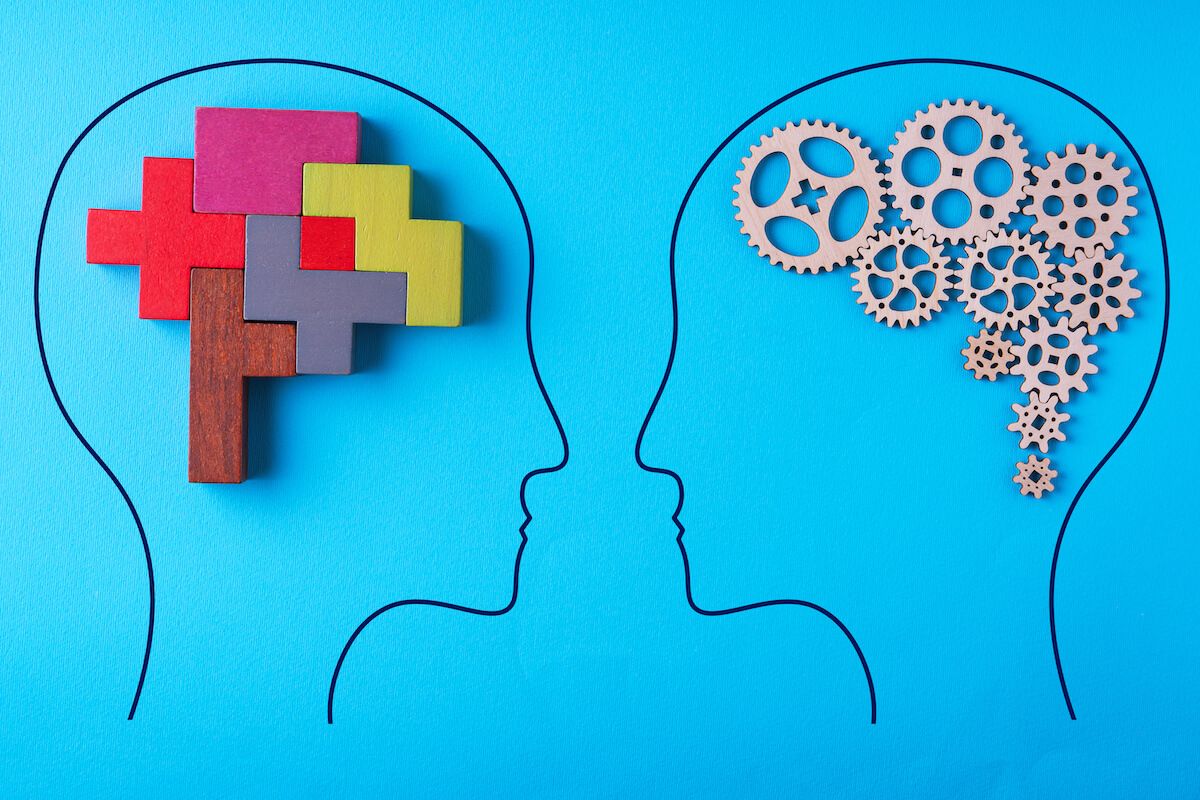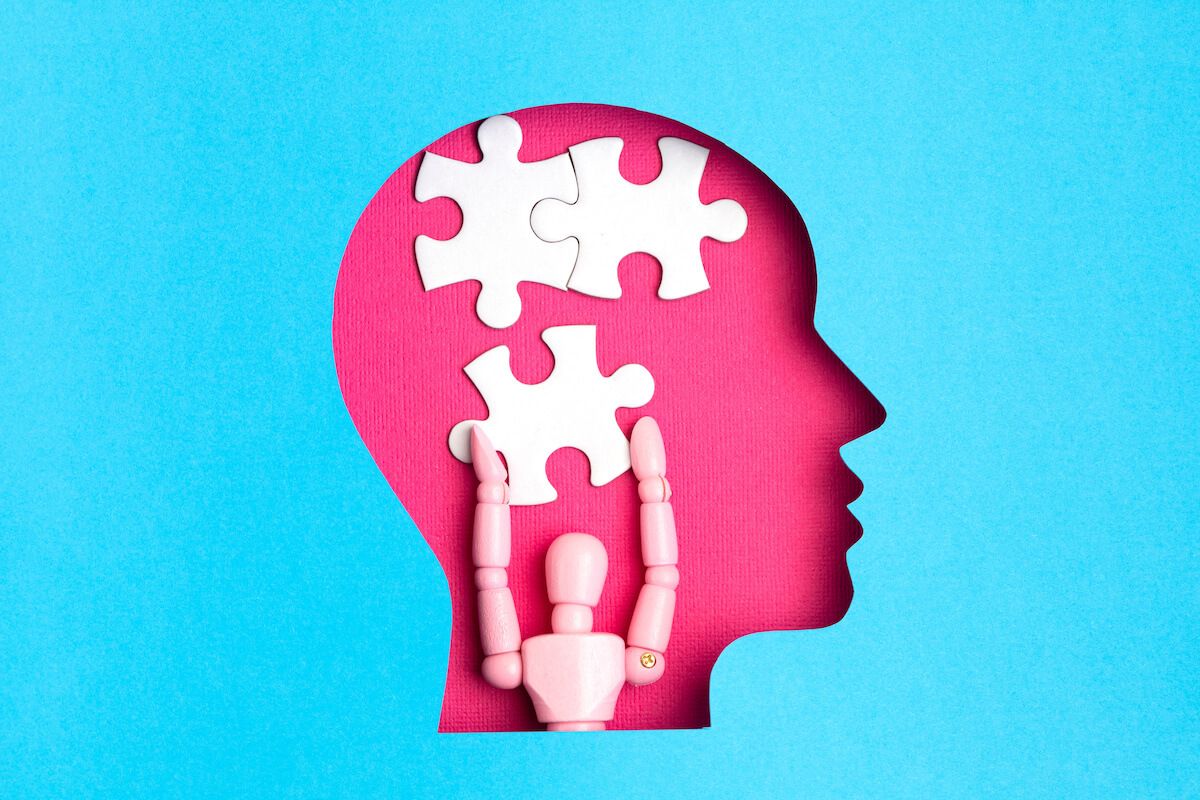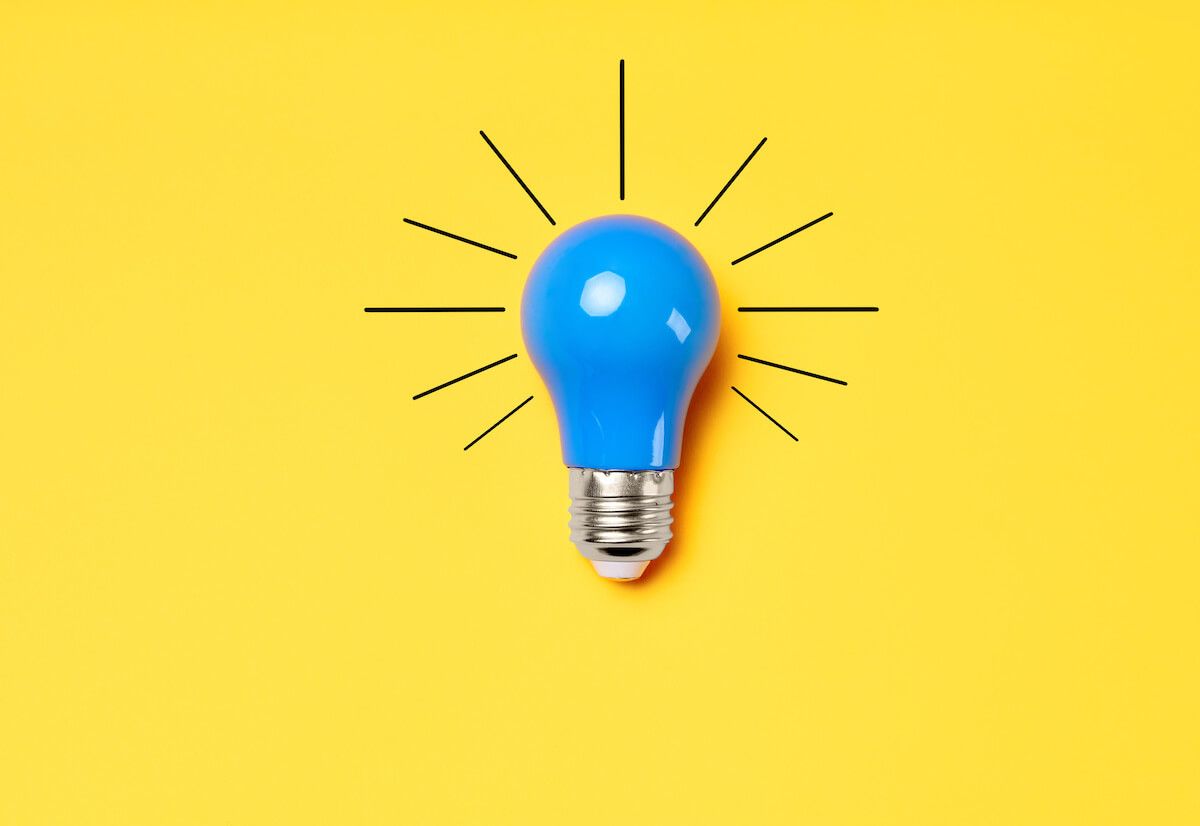Imagine trying to navigate a maze with a blindfold on. You bump into walls, make wrong turns, and eventually give up in frustration.
Now imagine standing in that same maze as the blindfold is removed. Suddenly, the path becomes clear, and the solution is within reach.
This is the power of cognitive learning. Understanding the mental processes that guide our learning experience can help us navigate the path to new knowledge and better retention.
Understanding cognitive learning theory (CLT), from its components to the different approaches that shape it, is essential to understanding how the human mind processes and stores information. Let’s explore the basics of cognitive learning theory and its importance in understanding how people learn.

Cognitive learning is a branch of cognitive psychology that examines and interprets the learning process. In addition to studying how the human mind thinks, reasons, and remembers, it also looks at how these thought processes and external factors influence our learning experience.
The mental processes involved in cognitive learning can be broken down into three main categories — attention, memory, and problem-solving.
Understanding these cognitive learning processes allows us to gain insight into how our minds receive and process information. This insight can then be used to develop cognitive learning strategies for more effective learning.

We're developing ABLE, a powerful tool for building your personal knowledge, capturing information from the web, conducting research, taking notes, and writing content.
Learn more about ABLE appCognitive learning is a complex process involving many different components working together. The concept of schema is one of the most important foundational elements of the cognitive learning process.
According to cognitive psychology, a schema is a cognitive structure that helps the human mind organize and interpret the world. Think of it as a mental model we use to make sense of what we see, hear, smell, and feel. Schemas provide us with expectations about how things should be, allowing us to anticipate and respond to stimuli. For example, when we enter a dining room, our cognitive schemas give us an idea of what to expect — like chairs and a table, perhaps.
When new knowledge doesn't match our cognitive schemas, we may experience cognitive dissonance or confusion. This is why the cognitive learning process is so important — it helps us adjust our schemas to better understand and interpret the world around us.
Cognitive psychologists consider schemas to be the building blocks of effective learning. As we gain more experience and new knowledge, our schemas evolve, continuing the lifelong learning process and leading to meaningful learning.

Cognitive psychology is a complex field that contains several theories of how human minds process information and develop new knowledge. CLT can be understood from two perspectives: information processing theory and cognitive developmental theory.
Information processing theory is a cognitive approach to understanding the human mind by comparing it to a sophisticated computer system. According to this theory, our brains store information, process it, and use it in specific stages, like a computer. Each step is associated with a mental process, such as attention, encoding, and retrieval.
Another key concept of this theory is the idea of working memory. This is where we hold the information used during learning, problem-solving, or other activities. As opposed to long-term memory, working memory is the mental process that allows us to keep things active in our minds for a short period.
Several key figures have contributed to the development of information processing theory, including George Miller, who first introduced the approach; John William Atkinson and Richard Shiffrin, who proposed the multi-store model; and Alan Baddeley and Graham Hitch, who presented the model of working memory.
Information processing theory is fundamental in the cognitive learning process because it provides a framework for understanding how we acquire, process, store, and use information. It helps us understand how the human mind works and how we can use that understanding to improve learning and problem-solving skills.
Another primary theory of cognitive psychology is the cognitive development theory. Developed by Swiss psychologist Jean Piaget, this theory suggests that cognitive development occurs in stages and is structured by interactions with the learning environment.
According to Piaget's theory, the learning experience begins with a basic set of cognitive schemas that we use to interpret and interact with external factors. As we grow and continue learning new things, we construct and revise our understanding using two basic mental processes:
Cognitive development is integral to cognitive learning theory because it provides a framework for how the human mind builds and revises an understanding of the world. Furthermore, since the theory suggests that cognitive development occurs over time, this provides guidance on how and when to present new concepts for effective learning.

Two popular types of learning approaches in cognitive learning theory are cognitivism and constructivism. Although they have some similarities, these learning processes also have significant differences. The primary difference is in their focus on how new knowledge is acquired.
In constructivism, the learner actively constructs new knowledge using previous knowledge as a foundation. This theory emphasizes active participation and social interaction as key elements in the learning process. In contrast, cognitivism says that we learn new knowledge by processing information in the brain. It focuses on the human mind's cognitive structure, such as how information is encoded, stored, recalled, and used.
Cognitive learning theory combines these two perspectives by acknowledging that mental processes and active knowledge construction are both essential to the learning experience. We can understand new information better when we are aware of how our minds work, and actively participating in the learning process results in more meaningful learning. In this way, cognitive learning theory provides a holistic approach to understanding the complexities of how the human mind learns.

Knowledge of CLT can enhance learning in a wide variety of contexts, including self-study. Here are five examples of cognitive learning theory in action and how you can use these cognitive learning strategies to improve your own learning process.
Cognitive learning theory emphasizes the importance of self-directed learning, an active process in which the learner finds, plans, and manages resources to gain new knowledge or skills. By taking an active role in the learning process, students can construct their own learning experience and connect new information to their prior knowledge.
Take action:
Active recall is a powerful technique for improving long-term memory and retention. By actively recalling information, learners engage in mental processes such as encoding and retrieval. This learning process can help them store and retrieve information more effectively.
Take action: To practice active recall during the learning process, create flashcards or quiz yourself on the new concepts you're studying. Try different techniques to strengthen retention, such as spaced repetition or elaborative rehearsal.
Elaborative rehearsal is a cognitive learning strategy in which learners link new knowledge to existing knowledge to commit new concepts to long-term memory. Elaborating on the material provides opportunities for learners to make associations and enhance understanding.
Take action: For more effective learning, practice paraphrasing new concepts in your own words to draw connections between old and new knowledge. Spend time discussing the material with peers or writing summaries to help you deepen your understanding.
Another useful cognitive learning strategy is the use of mental imagery. This learning process involves using visual images to strengthen long-term memory. By creating vivid mental images, the human mind can make mental associations to remember the material. This can enhance effective learning for abstract concepts or memorization of long strings of data.
Take action: During the learning process, try creating visual or auditory associations in your mind to represent new information. Mind maps, diagrams, and other cognitive tools can also help explore new concepts in depth.
Miller's view of information processing suggests that for effective learning, the human mind can only process seven pieces of information at a time (plus or minus two). By chunking complex material into manageable pieces, learners can make it easier to retain information in long-term memory.
Take action: Optimize the learning process by simplifying complex material into manageable pieces. Organize your notes into related groups, or learn new skills in steps. In addition, practice active recall on each chunk of information you're learning to aid in retention.
Cognitive learning theory offers a comprehensive understanding of how the human mind acquires new knowledge. By grasping the thought processes that guide our own learning and applying cognitive learning strategies, we can improve our ability to develop, process, and retain new concepts in long-term memory. Real-world application of these techniques can lead to a more effective, meaningful, and memorable learning experience. With cognitive learning theory, we can unlock our full potential and navigate the self-learning process with ease.
I hope you have enjoyed reading this article. Feel free to share, recommend and connect 🙏
Connect with me on Twitter 👉 https://twitter.com/iamborisv
And follow Able's journey on Twitter: https://twitter.com/meet_able
And subscribe to our newsletter to read more valuable articles before it gets published on our blog.
Now we're building a Discord community of like-minded people, and we would be honoured and delighted to see you there.